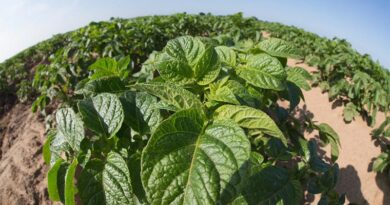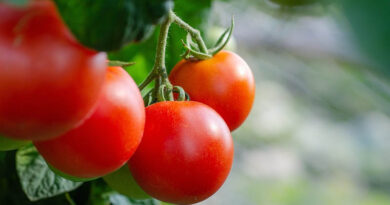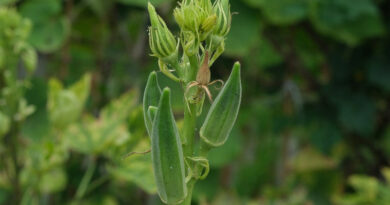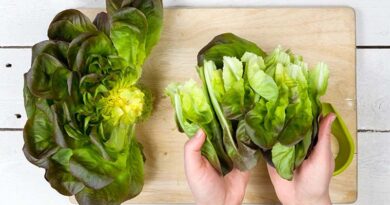Heat stress proves major pain point for potato growers
22 April 2022, UK: Potato growers now recognise high temperatures as the greatest threat of the key abiotic stresses. New research into the current and future role of biostimulants in potato crop agronomy ranked heat at 74 out of 100, compared to drought at 71, nutrient deficiency at 64 and intensive light at 57.
Results show that 37% of farmers questioned ranked heat stress of very high impact (9 or 10 out of 10), with a total of 70% scoring it as seven or higher. Just 13% perceived the effect on their crops to be a score of four or below.
While drought clearly has potentially larger impact on yield – and was seen to be causing increasingly greater issues with extremes of weather – the majority of ware crops were irrigated to mitigate and manage its effects. Drought and heat stress is inextricably linked for growers.
However, coping with heat stress was now recognised as a more difficult challenge, reported Andy Cunningham, Syngenta Biostimulants Technical Manager (above). “Growers most frequently cited the effects of heat in limiting tuber bulking, leading to lower yields and more variable tuber size. Resulting uneven growth and associated cracking impacting on tuber quality was also highlighted.”
Also Read: India targets 3,280 lakh tonnes food grain production in 2022-23
Growers and agronomists recognised temperatures of 24 – 25⁰C would result in heat stress during the growing season, but even at temperatures above 20⁰C believed that tuber bulking would be slowed. During periods of heat stress affected plants would be less effective in taking up irrigation water, along with risk of triggering further stress when applying cold water onto heat stressed potatoes was also pointed out.
“Both growers and agronomists highlighted there are varietal differences in tolerance and response to heat stress, but there is no comparative reference information and therefore rely on personal experience on their farms,” said Andy.
The research highlighted that while 40% of potato growers currently see biostimulants as highly important to their crops’ agronomy (ranked as 7 or more), 80% believe they will be in the next five years. Some 23% of growers questioned don’t see biostimulants as important now, but only 3% think that will be the case in five years.
Among specialist potato agronomists and advisors, around 19% currently see biostimulants of high importance, however 60% believe that they will be within five years.
Most growers and advisors see the key role of biostimulants in helping to manage the effects of drought and high temperatures (72% & 35%). Other benefits sought include effects on nutrient deficiency, blight infection and nematode induced stress.
“The market data has indicated growers and agronomists are looking for more detailed technical information on how and why Quantis works to help potato plants better cope with the effects of stress. We now have results of incredibly detailed independent research by University of Nottingham that pinpoints what is happening in the plant and the benefits that can have,” added Andy.
“Furthermore, results of in-field trials and research is refining recommendations for the timing and application of Quantis relative to heat events occurring in the crop this season,” he advised.
The quantitative market research involved 60 potato growers and specialist agronomists across England and Scotland, including 10 farmers growing over 100 ha of potatoes and advisors covering a total of 25,666 hectares. Among growers 70% of the crop was grown under contract, including 52% of total area for pre-pack, 32% for crisps or chipping and 7% for seed.















